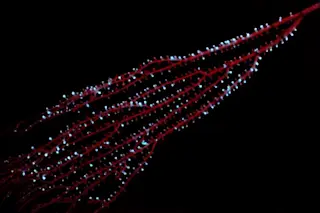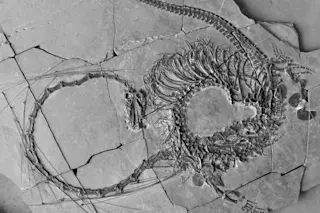One of the enduring mysteries of marine biology is the nature of whale song, particularly the intricate vocalizations produced by humpback whales. These consist of short noises lasting a few seconds, usually exchanged between males and females, and extended songs that can last for hours, produced mainly by males.
The role of these songs is hotly debated but marine biologists believe they are part of a complex social system for sharing information among animals that can sometimes be separated by many thousands of kilometers.
Although biologists and activists have long recorded whale song, these sound tracks are a relatively poor records. That’s because hydrophones record sound coming from all directions at a single point. That process loses much information because sound is a rich, three-dimensional field that is hugely complex.
Human hearing exploits these fields to determine the distance and direction that sounds arrive from, to differentiate between noises received ...














